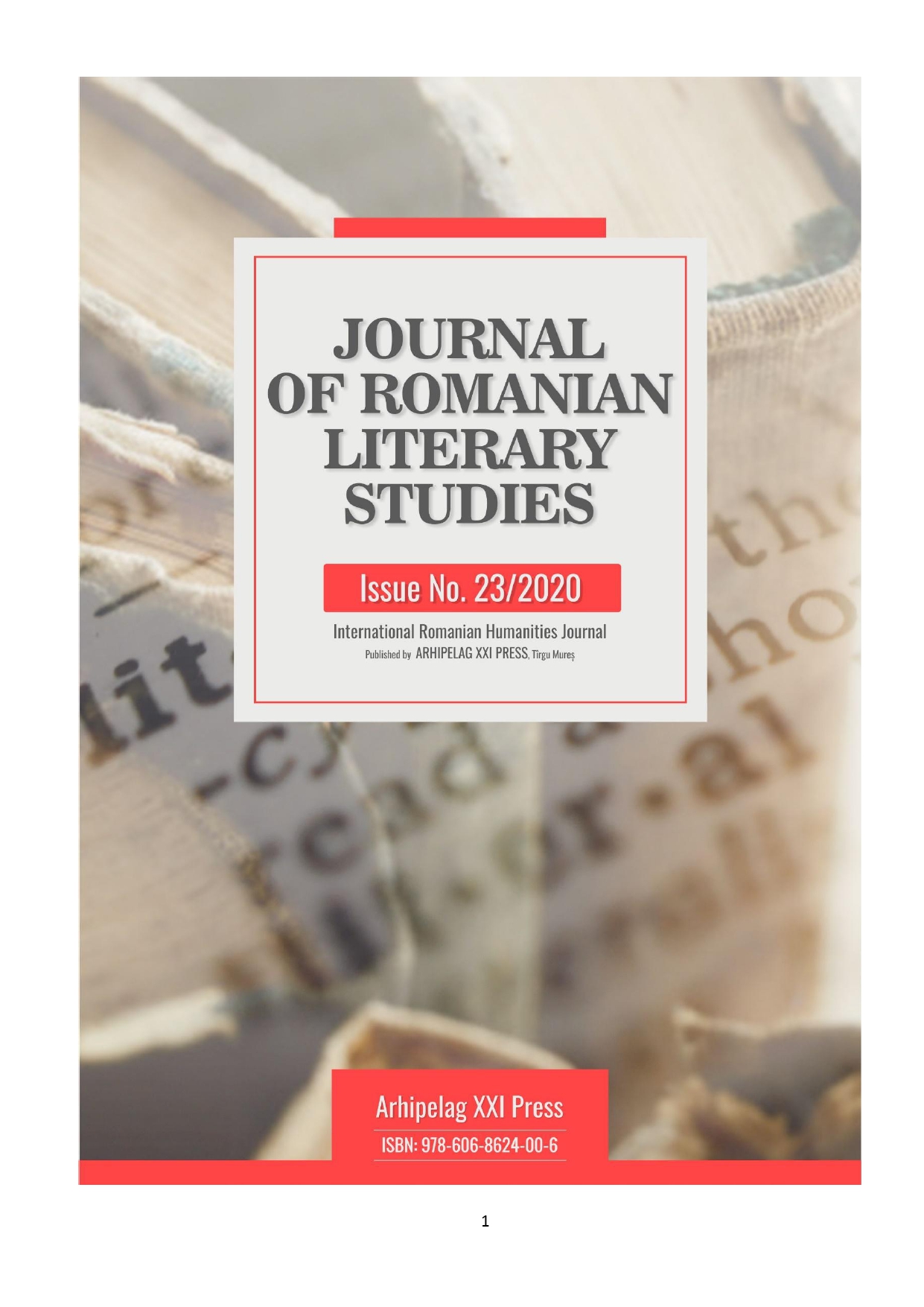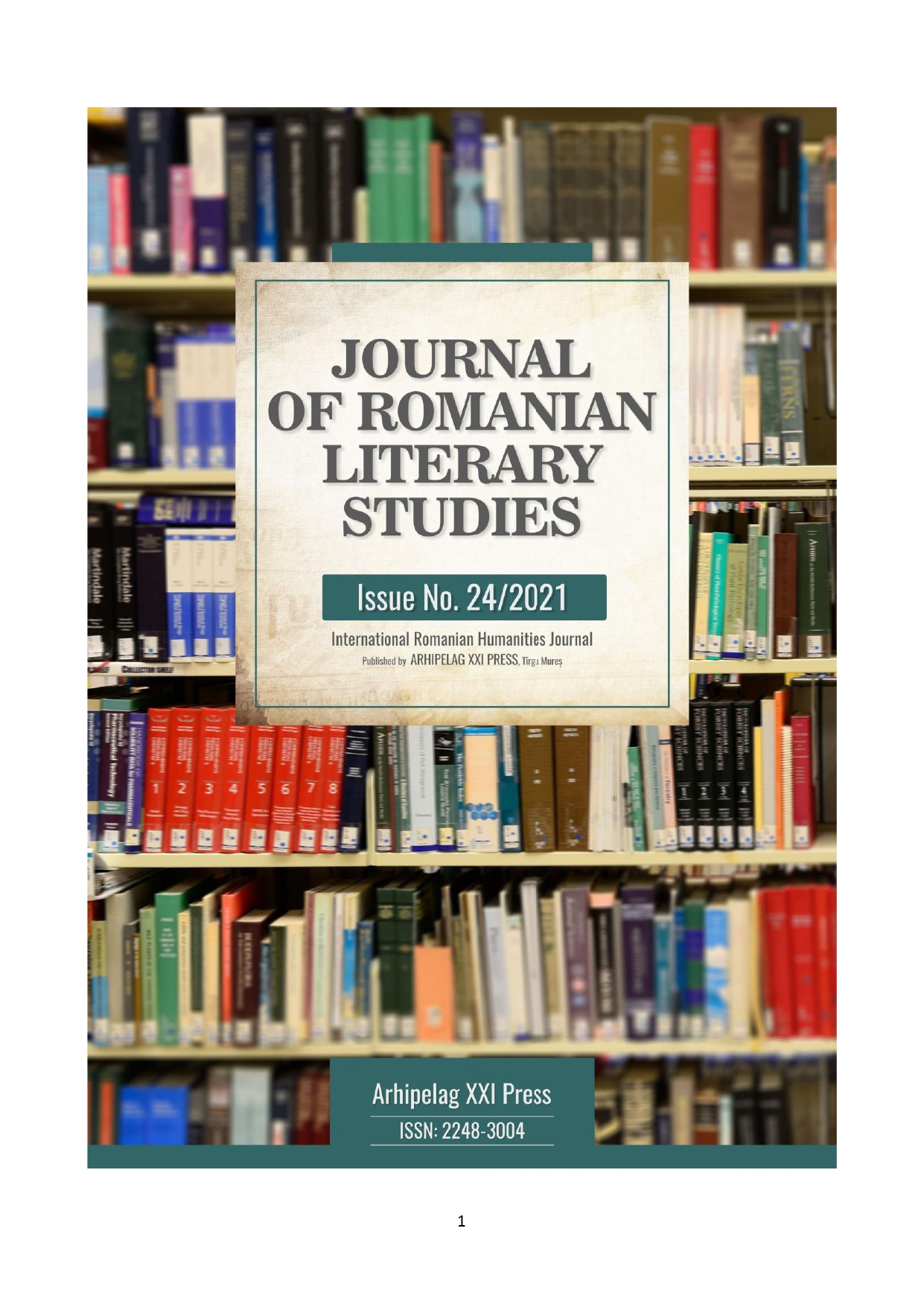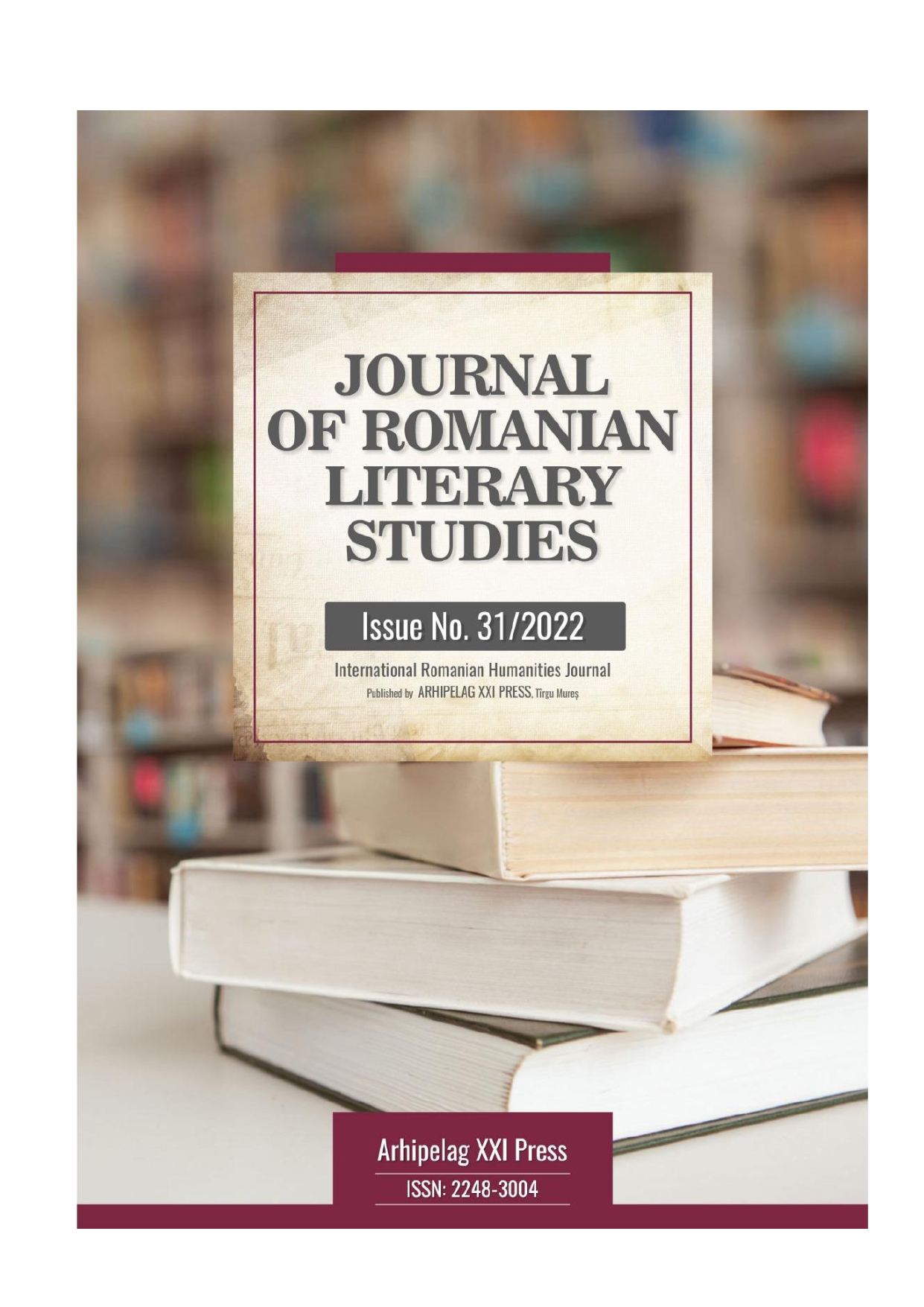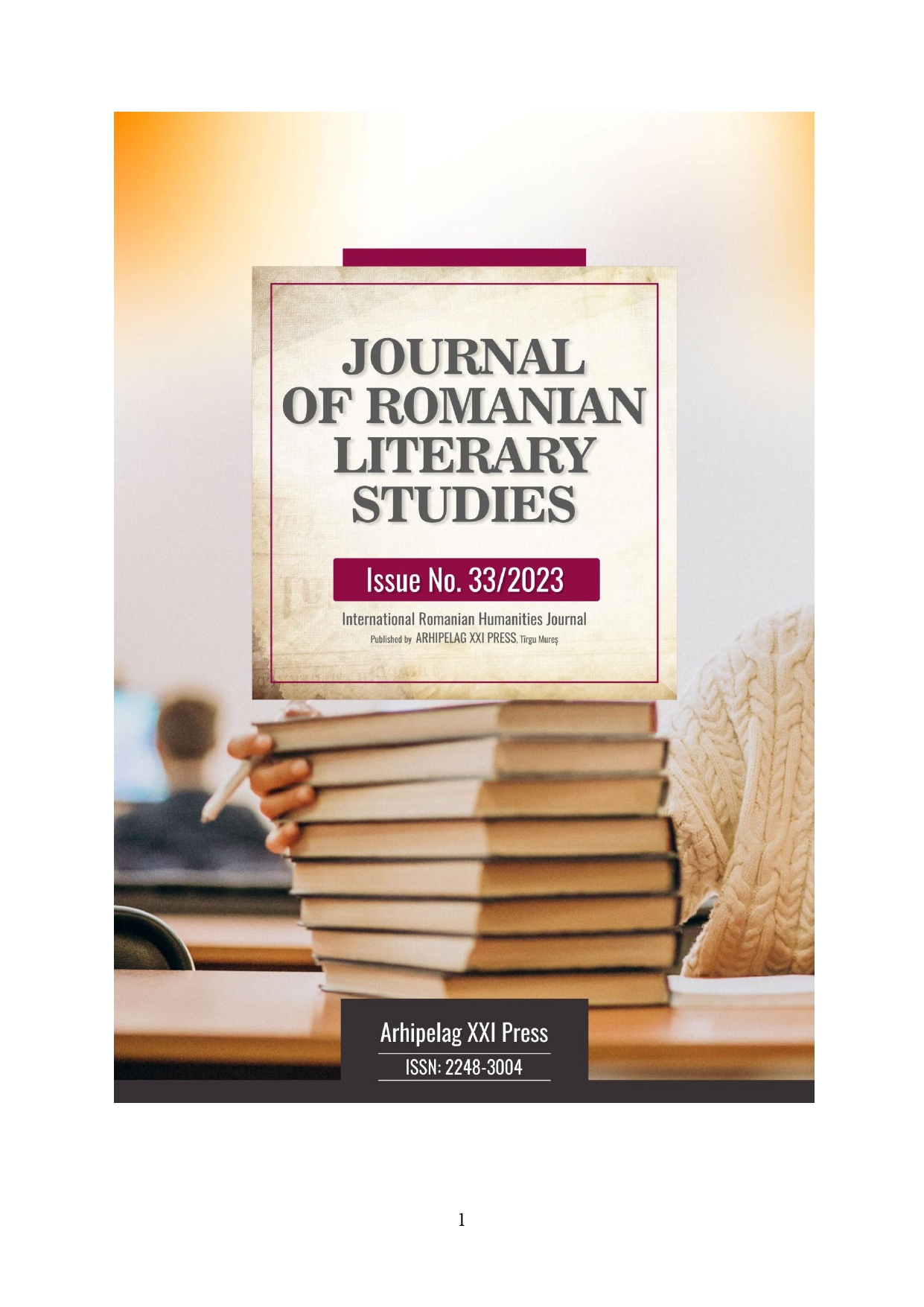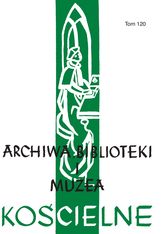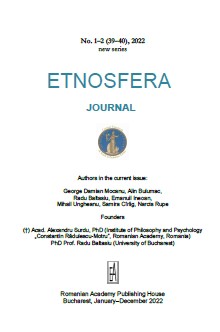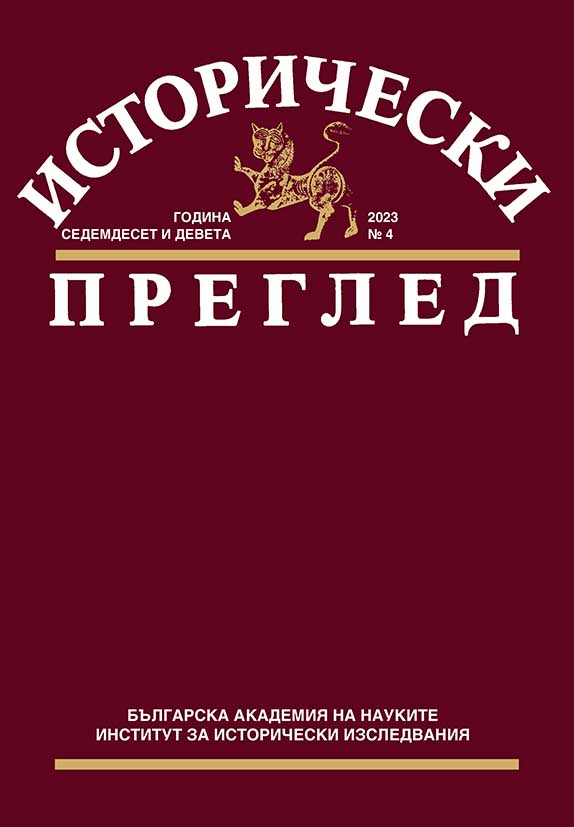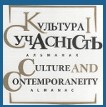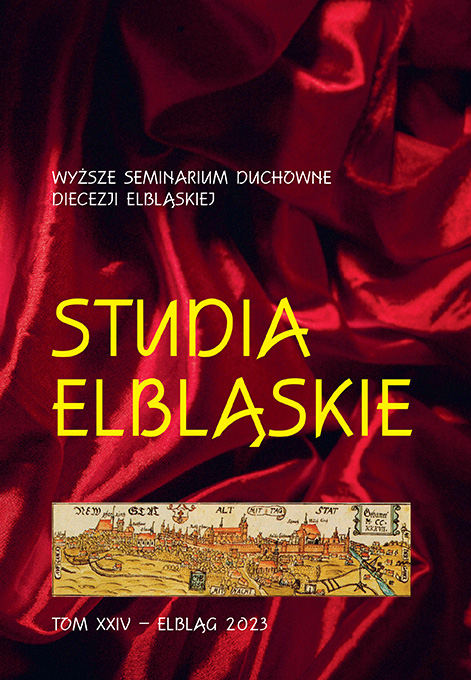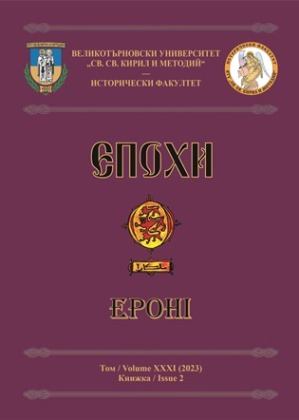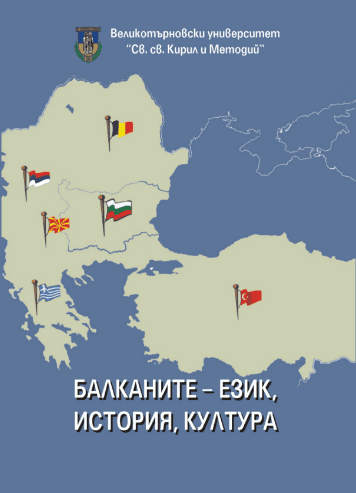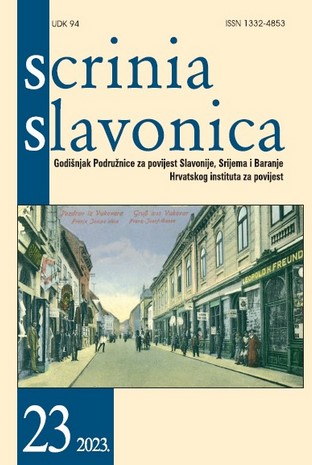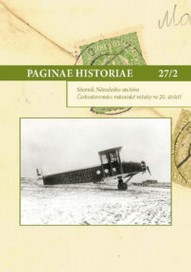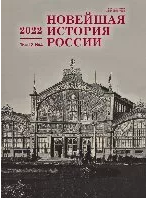
Сакральная новостройка: Александро-Невский собор в Ревеле и проблема распространения православия в Эстляндской губернии в конце XIX — начале XX века
The article analyzes the formation of the imperial policy to spread Orthodox Christianity using the example of the construction of the Alexander Nevsky Cathedral in Revel in the Governorate of Estonia. Late 19th — early 20th century was marked by significant changes in the governance of the region, not only in the administrative and legal sphere, but also in the religious one. Estonia administration viewed strengthening the presence of the Orthodox Church through the mass construction of churches and the symbolic development of space as one of the most effective means of integrating the province and the empire. The construction of the Alexander Nevsky Cathedral in Reval was associated with significant historical events, including the 200th anniversary since Estonia became a part of Russian Empire. It determined its central role in the representation of the empire on the outskirts. At the same time, the prevalence of the Lutheran population in the province, as well as the economic dominance of the German nobility, caused difficulties with the construction process. The search for funds and the choice of a place for the Cathedral were the main reasons why the implementation of such a large-scale project took so long. Cathedral was designed to visually emphasize that the region was a part of the Russian Empire. The analysis of the preparatory work, using unpublished office materials from various departments, made it possible to identify contradictions between central and local authorities on this issue, as well as to understand the mechanisms of their interaction within the framework of existing practices. The materials of personal and official correspondence of key political and religious actors involved show different understanding of the goals and means how to spread Orthodox Christianity in the region at the turn of the 19th — 20th century.
More...
